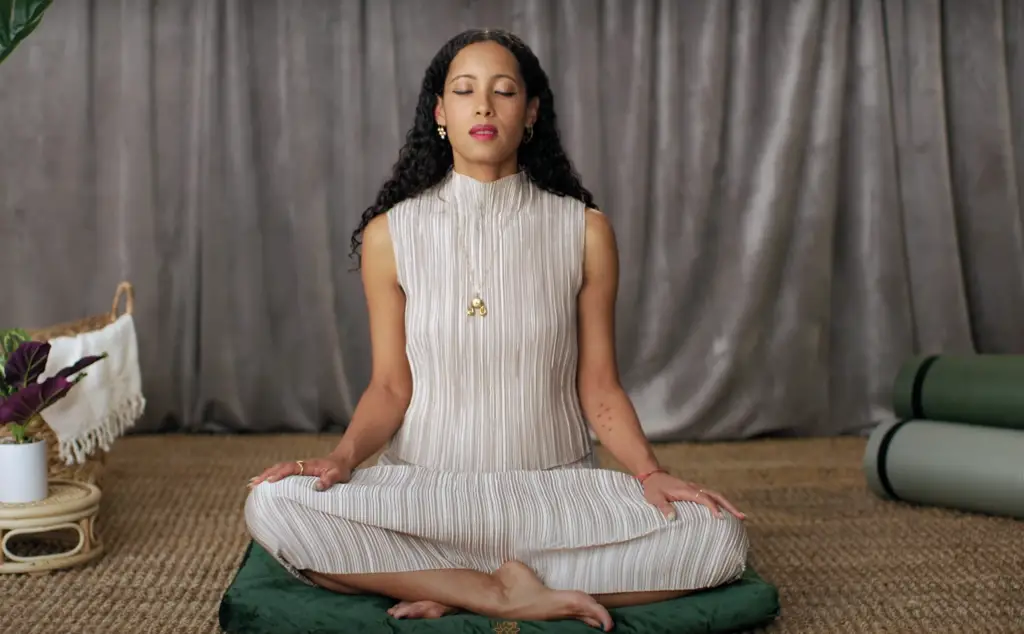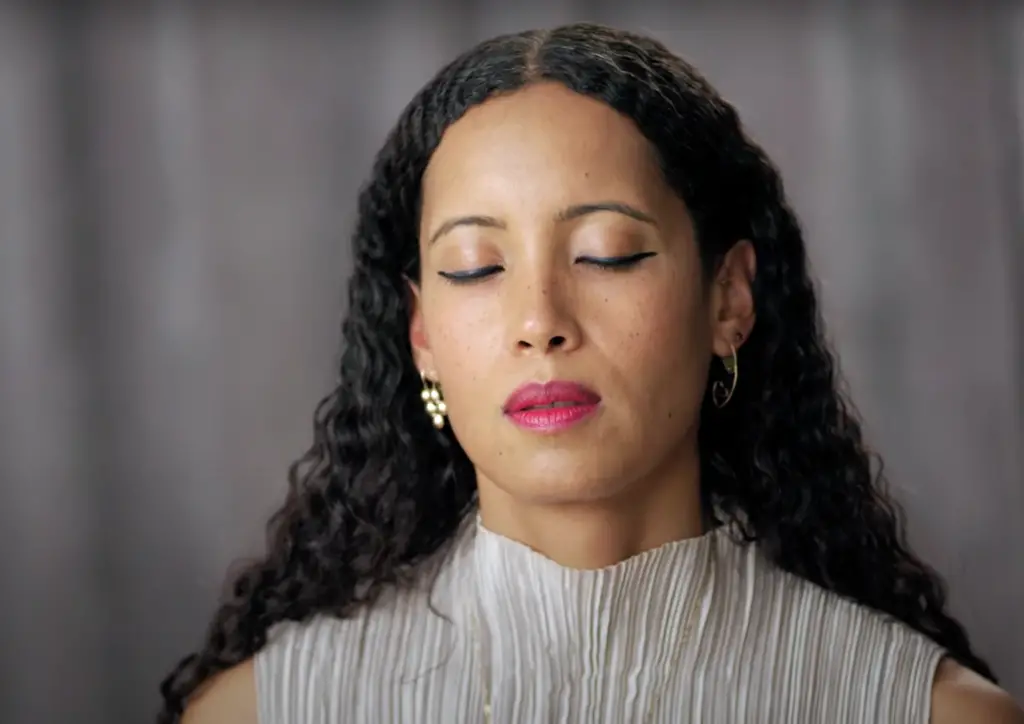Forgiving is no easy task, yet being able to truly forgive gives you freedom from the shackles of pain and suffering. If you are genuinely looking for a way to forgive people or even yourself for some past actions, it is best to try the mindfulness practice of forgiveness meditation. It won’t release only the burden of resentment, but will also –
- bring you peace and happiness to your heart,
- help you feel less anger in the future,
- allow you to keep your feelings and emotions in check,
- shape you to have more kindness and compassion towards people, and
- move forward in life without the fear of strong feelings holding you back.
We have listed out the steps on how to perform this guided meditation on forgiveness. But first, let’s see what forgiveness meditation practice actually is.

What is Forgiveness Meditation Practice?

Forgiveness meditation is a mindfulness practice that aims on forgiving, and to be free from any sort of past regret, resentment, and great pains. There are three major aspects to this sort of meditation practice. They are:
- Forgiving yourself
- Forgiving someone who hurt you
- Seeking forgiveness from someone you have hurt
All three of these can be taken and meditated through together. But you can also focus on those aspects separately, as different types of emotions are involved for each. Now let’s take a look on how to perform this meditative practice.
How to Practice Forgiveness Meditation
Here are steps you need to follow in order to offer full and heartfelt forgiveness:
Step 1: Settle down
To begin, sit comfortably and let your breath come and go naturally and easily. Create a nice and quiet environment around you to focus better on the meditation. Consciously let your mind relax along with any part of your body that feel tensed.
Step 2: Open your heart
Next, allow yourself to be aware of all the barriers you have created by keeping your heart closed from extending forgiveness. Think about how all those strong feelings have created a burden on your own heart and precious body, and keeping you from freedom. Mentally bring down those walls and allow yourself to feel apathy and compassion.
Step 3: Gather questions
While you are breathing softly, get ready to ask for forgiveness based on the three aspects mentioned earlier. You have to let the words and associated images work gradually into your mind on its own. Try building a picture of those aspects first in your head, and then move ahead with adding language to them.
Step 4: Forgive yourself
Recite the following words: “I remember the ways I have hurt myself, and now for all that, I forgive myself.” While you do so, picture your own precious body and the ways in which you have caused yourself pain through guilt, shame, or resentment. Feel your sorrow and consider them to be a burden in your life, and replace those with compassion.
Be aware of your own fear and guilt that you feel, and consciously discard those feelings. Then simply continue gathering these images while you breathe, and extend forgiveness for yourself.
While doing so, keep reciting these words mentally: “I forgive myself.” Allow those words to grow deeper in yourself and you will realize the burden to be getting lighter.
Step 5: Forgive the person who hurt you
Recall the ways in which you have been hurt by others. Take those feelings of anger, sorrow, and resentment you feel towards those people and consider them to be heavy on your well being. Now consciously eliminate that heaviness by forgiving them with wise loving kindness.
Say the following words to yourself to make this step easier: “I have held onto the past and hurt for far too long, and now I am finally letting go of this feeling and wish to feel calm and be at peace. Those of you who have caused me harm, pain, fear, and suffering, I extend my heartfelt forgiveness towards you.”
To make this step easier, imagine those strong feelings as a big boulder you are carrying on your back. As a boulder is heavy and stops you from moving forward, likewise you need to release your pain and forgive so that you can progress in life.
Step 6: Ask for forgiveness of others
Take the next moment to think about how you have hurt and caused suffering to others. Put yourself in their shoes and imagine as they still might be hurt by your actions in the past.
Think back on every moment that burdens your conscience, and then to each person in your mind, repeat the words: “I ask for your forgiveness, please forgive me for causing you pain.” But don’t let that feeling linger for too long and turn it into guilt. Tell yourself that you along with everyone else deserves forgiveness and new chances.
Step 7: Repeat and practice
Gently repeat the three directions of forgiveness, and practice till your heart and mind no longer feels heavy with negative thoughts, guilt, or pain. Be sure to repeat and practice this guided meditation till you sense that the forgiveness comes naturally and does not feel fake or forced.
How to Overcome the Resistance to Forgive
It is human nature to resist healing, yet here are ways to overcome that state of mind:
- Identify who or what exactly is causing you pain, and tackle the problems individually instead of all at once.
- Separate the person who hurt you, from their actions they have committed against you.
- Allow yourself to understand that extending forgiveness does not require you to reconnect with those you have hurt you.
- Do not actively think about the person and their actions in your daily life. As the memory fades, you will find forgiving them easier.
- Seek therapy from a professional.
- Practice forgiveness meditation in your daily life.
How to Deal with Negative Strong Memories that Come Up During the Practice
It is easy to get hung up on the painful memories during your meditation practice, so here’s what you can do to stop that:
- Know that you are in charge of putting this burden onto yourself, so only you can work on removing it.
- As the negative thoughts arise, make yourself aware that you are allowing that to occupy your headspace while you are supposed to be practicing mindfulness.
- Take steady breaths, make your mind relax, and re-think the purpose of the meditation.
- Be aware that holding onto strong memories is what is stopping you from moving forward in your daily life.
- Picture a new moment for each bad memory and imagine yourself to be extending forgiveness.
- Calm your body and mind, and start the meditation from the beginning each time you catch yourself lingering too long on the bad memories.
Conclusion
Being human means the unwillingness to heal, but it’s not something forgiveness meditation can’t fix. If you want to extend forgiveness but don’t know where and how to start, then practicing forgiveness meditation is the solution for you.
The basis is to focus on three major things – forgiving yourself, forgiving those who hurt us, and asking for forgiveness from others. Combining and working on these together will give you mindfulness in your life, and will make your forgiveness journey much easier.
